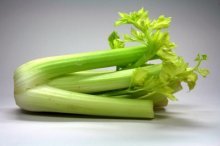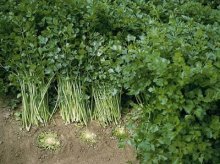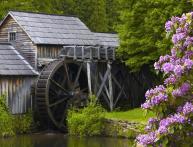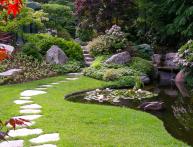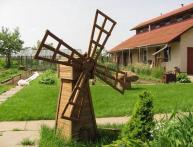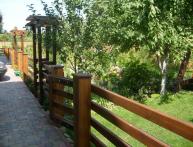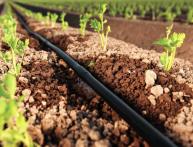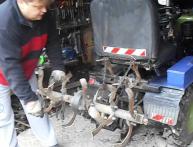Growing leaf celery with seedlings: features and mistakes
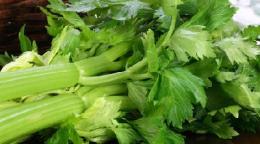
Growing leaf celery does not take much time or money, and its benefits are very great. Celery is a source of vitamins and minerals, serves as a good antioxidant, and is recommended for hypertensive patients and people with metabolic disorders.
Content:
Features of growing leaf celery
Let us first note that in addition to leaf varieties, there are also petiole and root varieties. But it is the leafy one that is used fresh for making salads. Experienced gardeners have long noticed that growing celery from seeds is a very troublesome and unprofitable business. This culture gives a small percentage of germination.
And the seeds are too small to be carefully and proportionately introduced into the soil.
Properly selected seeds are also an important aspect in growing vegetables. Therefore, you should purchase them in specialized stores, packaged by the company about which you have already formed an impression. Otherwise, a very unpleasant event may occur - the seeds will not sprout, and time will be lost.
If you plan to grow a crop for seeds in your own garden, it is worth remembering that you need to purchase regular varietal seeds.Hybrid seeds, although they produce a larger harvest, will have to be purchased annually in the store, since the seeds do not retain their parental properties.
Rules for growing leaf celery
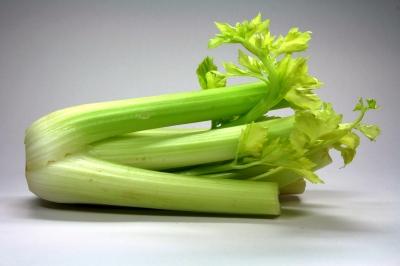
Pretty celery undemanding culture and growing its seedlings will not cause much trouble. Seeds treated with a weak solution of potassium permanganate are soaked in water at room temperature several days before sowing. To do this, you need to put them between two rags and make sure that they are constantly damp.
Before sowing, the seeds are dried and mixed with sand in a ratio of one to ten. This procedure does not need to be done - it just simplifies sowing. After all, the grains are so small that you cannot see where they got into the ground and where they are not yet there. In this case, the sand will be a beacon, making it possible to sow the entire required area.
For celery seedlings, it is best to take a soil mixture consisting of equal parts of turf soil and humus, with a small amount of sand. Celery does not like acidic soil and therefore the soil prepared for seedlings must be deacidified.
Lime is most often used for this. Celery is sown in rows, the distance between which is 5-10 centimeters. Lightly sprinkle peat or humus on top. It is important not to overdo it with the thickness of the top layer - heavily sprinkled seeds will not sprout.
Leaf celery takes a very long time to germinate – up to three weeks. When the plant has two true leaves, it should be picked. Picking is planting plants in separate containers with soil, where they will grow before being transferred to the ground. The soil in which celery sprouted is no longer enough for it to develop properly.
It simply becomes cramped for him there.For replanting, you can use disposable cups, cut plastic bottles and other available materials.
To minimize the traumatic effect on the root system, you should thoroughly water the soil before picking. In the soil, where the plant is replanted, you need to make a hole with your finger or a stick to the depth of the root and carefully, aligning the underground part vertically, plant the celery. Mandatory watering immediately after planting. Two weeks before planting in open ground, it is advisable to feed the seedlings with nitrophoska in the proportion of a tablespoon per bucket of water.
Unlike root celery, where it is extremely important not to miss the time of transplantation so that the tuber is formed correctly, leaf celery can be planted in open ground at the age of one and a half to two months. It should have four to five well-developed leaves. The most optimal period for planting seedlings in the ground is the beginning of May.
You can do it a little earlier to quickly get the fragrant greens to the table. Don't worry if it's not warm enough yet - celery is cold-resistant and can easily tolerate light frosts.
Common mistakes when growing celery
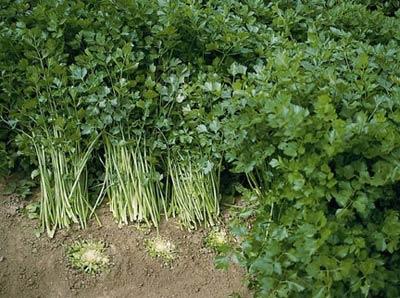
In order for celery seeds to sprout happily, you should eliminate some common mistakes in growing it:
- Non-compliance temperature regime. In order for the plant to sprout, a certain temperature regime is required. With regard to celery, it is extremely important to maintain a temperature balance within 18-20 degrees.
- Incorrect watering. Small seeds are very quickly washed away by streams of water, and barely emerged seedlings are nailed to the ground and can no longer rise if the plants are watered from a watering can.Celery requires frequent watering; it is better to do it in a tray or through a fine sieve. Some gardeners practice watering with a syringe directly into the soil near the seedlings.
- Irregular watering. Celery is a moisture-loving plant and reacts very sensitively to lack of moisture in the soil. This threatens poor plant development.
- The seedlings are too deep during picking. A central bud covered with soil will not sprout, and plant growth will be slowed down or stop altogether.
- Insufficient lighting. The first signs of a lack of light are pale, very elongated plants. Since seeds for seedlings are usually sown at the end of February, beginning of March, when the day length is not yet sufficient for the plants to receive the required amount of light, it is necessary to take care of additional lighting.
- No hardening before planting in open ground. No matter how healthy and strong the seedlings may look, they should be hardened off before planting in open ground. All containers must be taken out of the room into the open air for several days. Transplantation, although gentle, with a lump of earth, is still a trauma for the plant. And aggravated by the need to adapt to external weather conditions can significantly slow down the growth and development of celery seedlings.
Celery is the most commonly used herb in food and preserves. It is popular on all continents, except that it is not found in Antarctica. And that’s only because of the climate, but not at all from lack of popularity.
Watch how to plant celery seedlings in the video:
Interesting information about the vegetable garden

